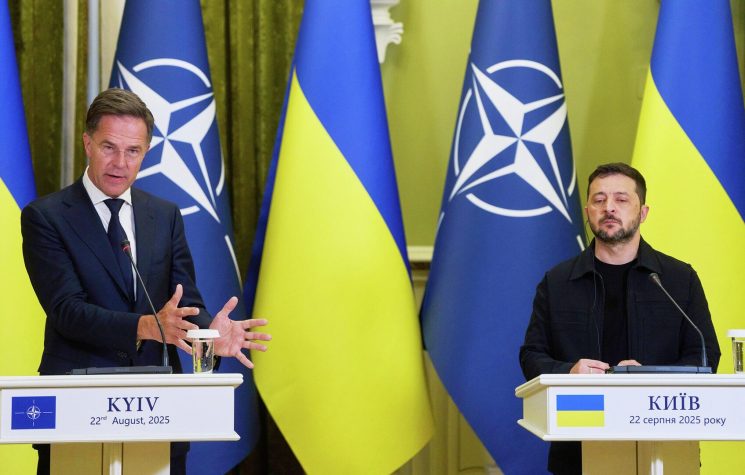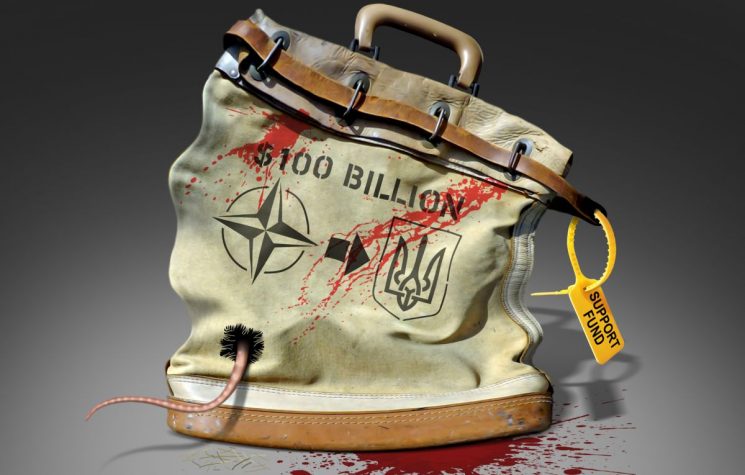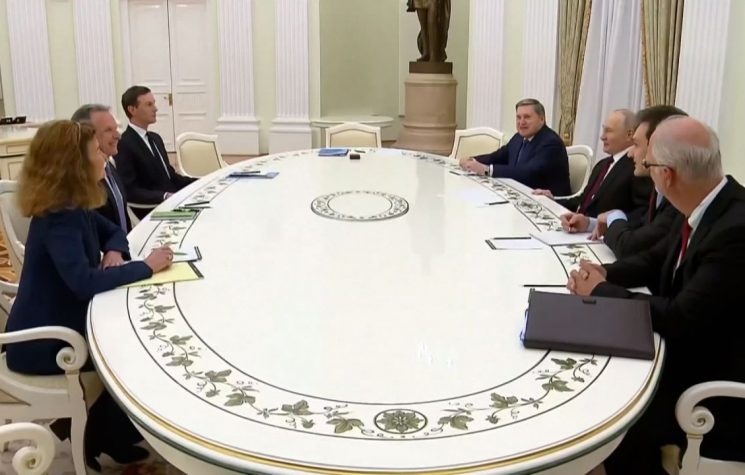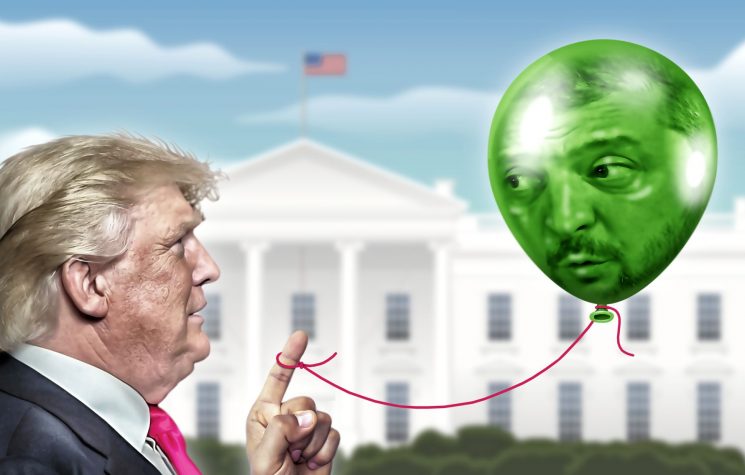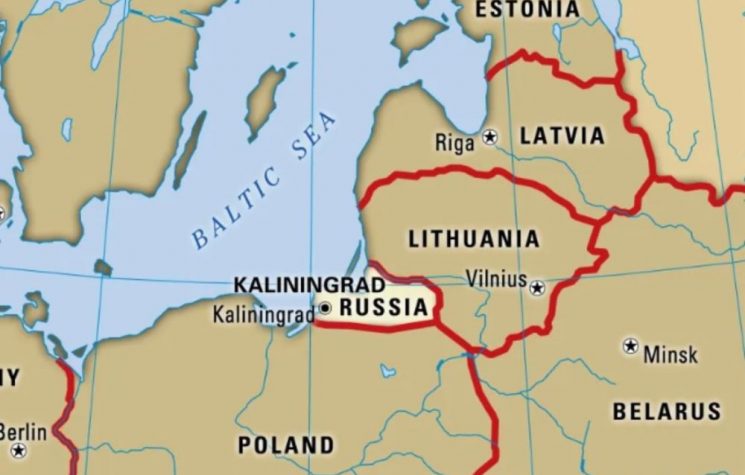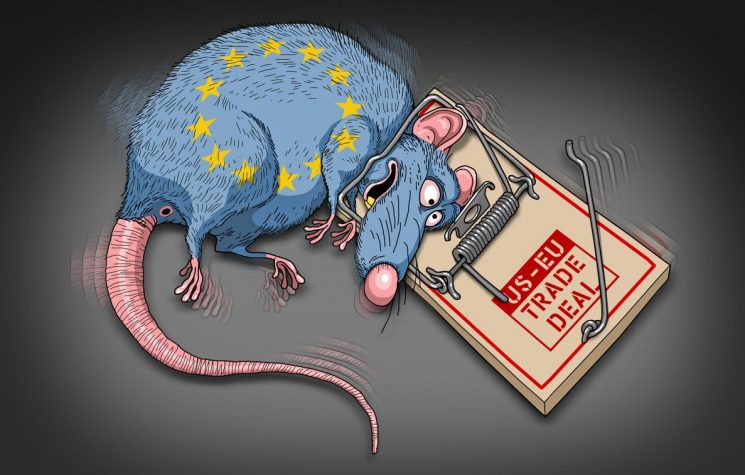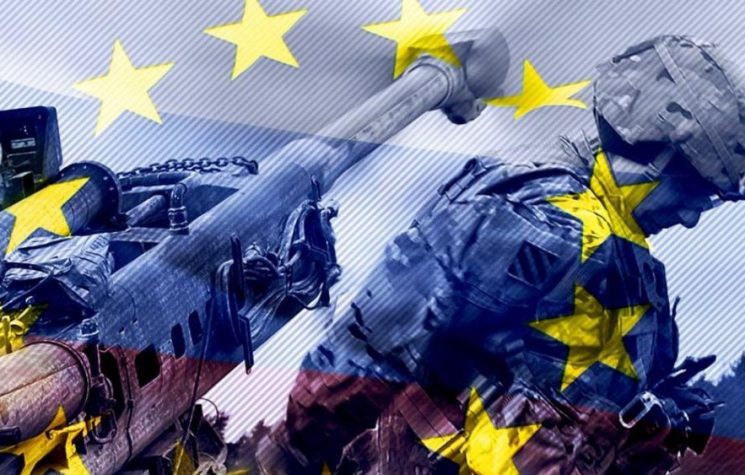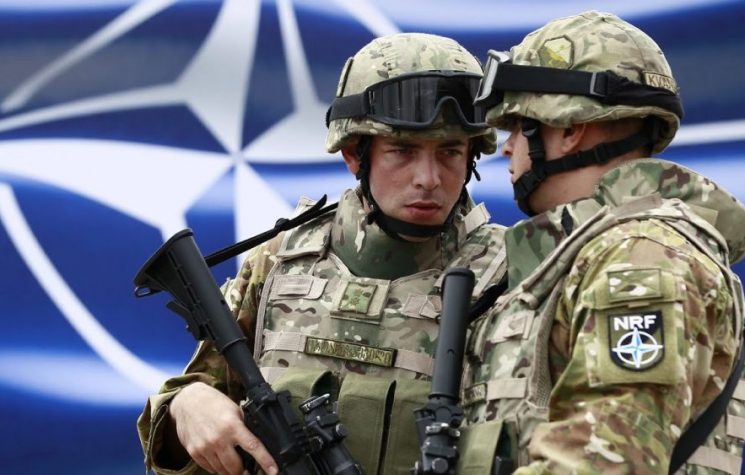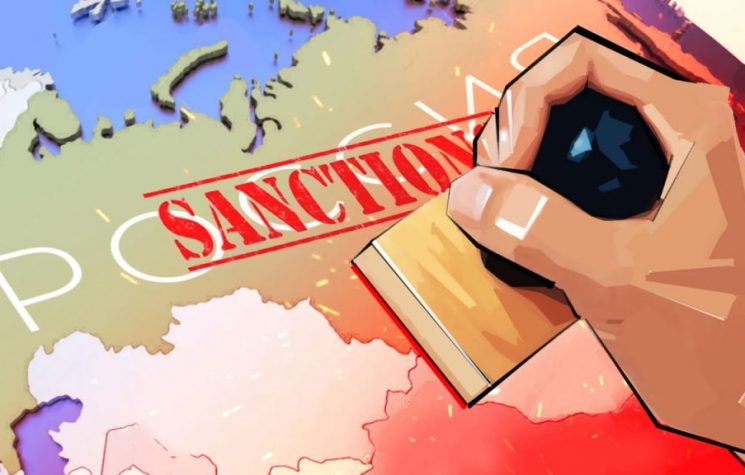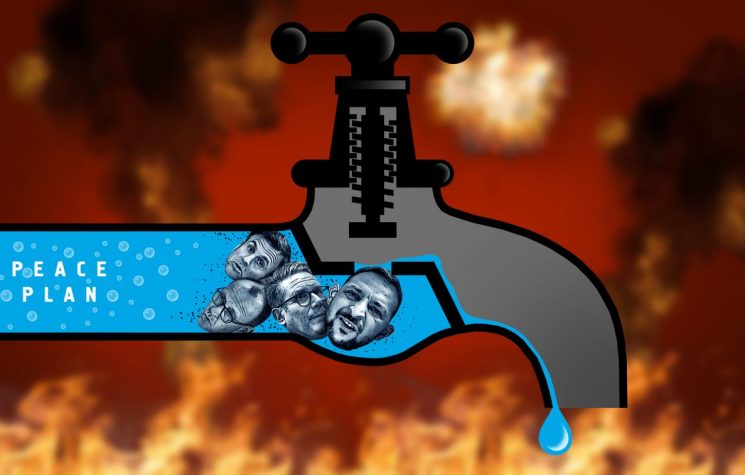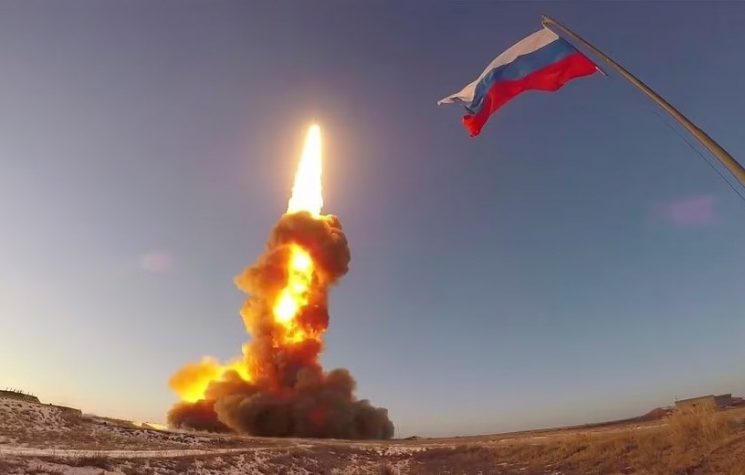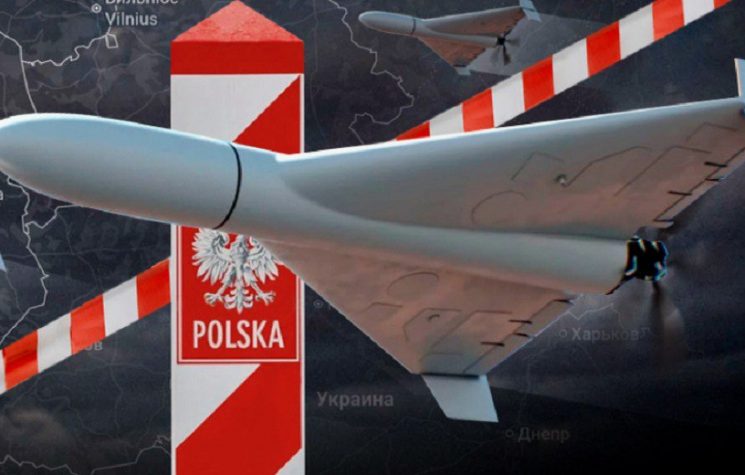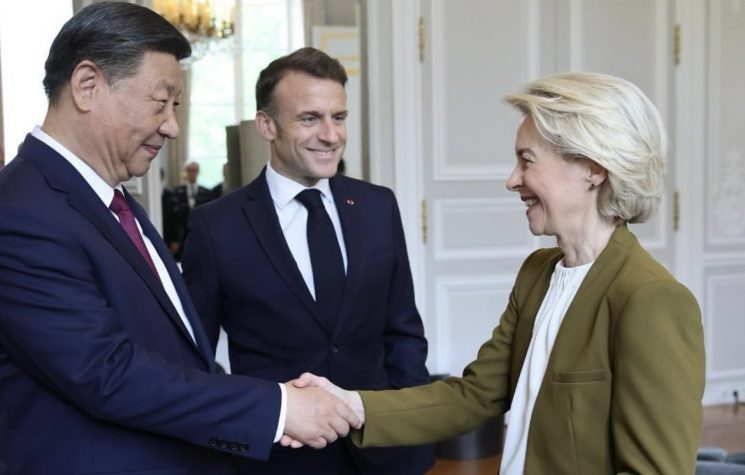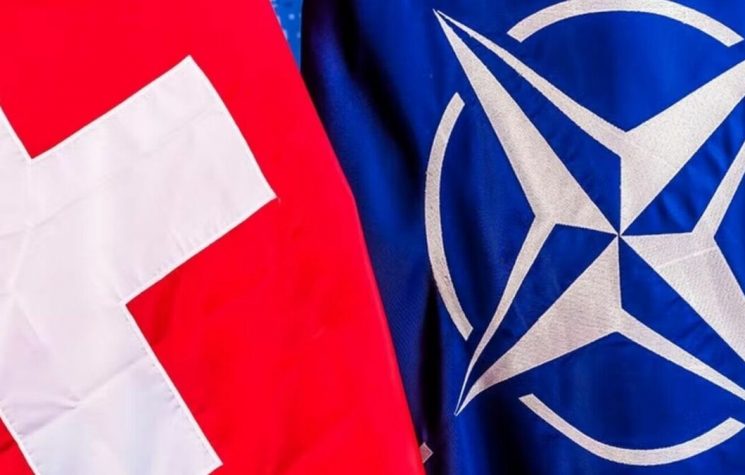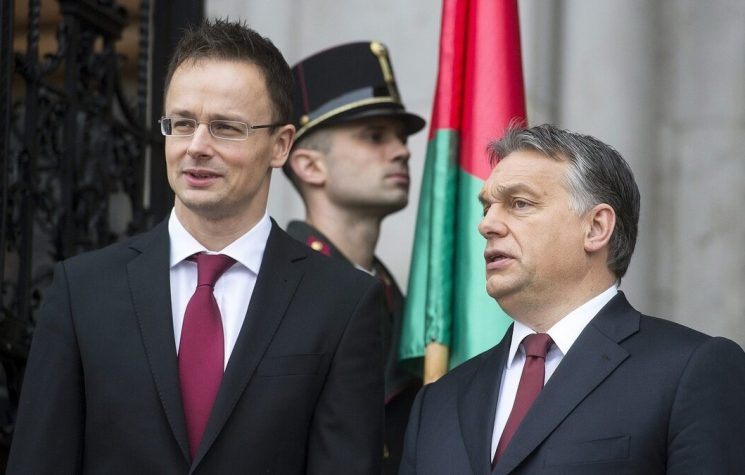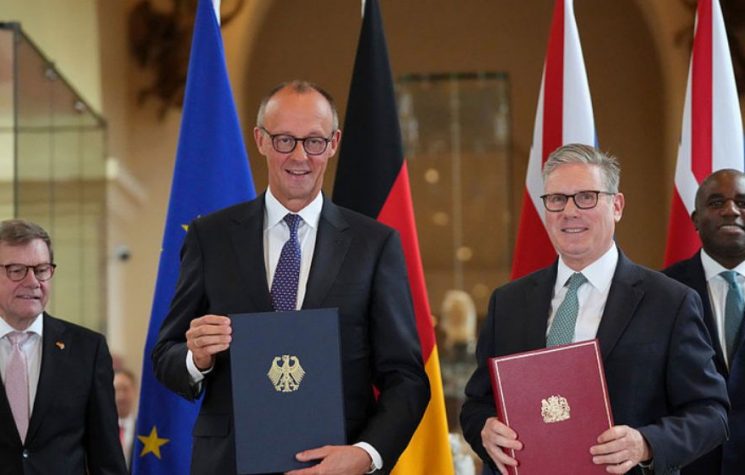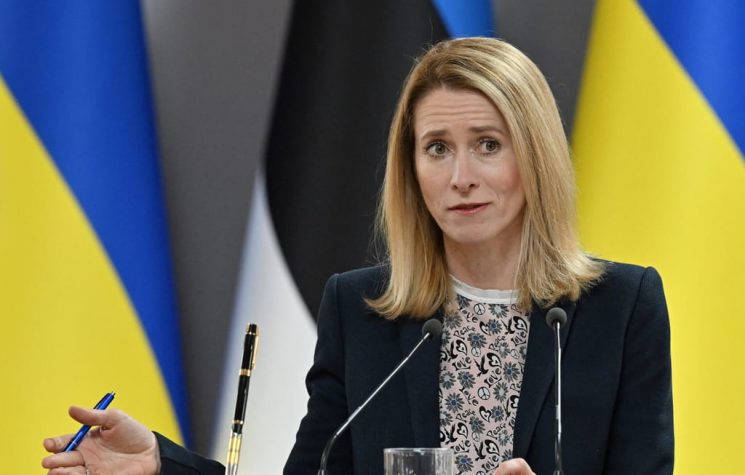A state-supported defense initiative in Ukraine has called on foreign countries and defense companies to “test their weapons in Ukraine.”
Join us on Telegram![]() , Twitter
, Twitter![]() , and VK
, and VK![]() .
.
Contact us: info@strategic-culture.su
A state-supported defense initiative in Ukraine has called on foreign countries and defense companies to “test their weapons in Ukraine.”
Under this newly launched program, Kiev will allow allied governments to deliver defense technology prototypes—such as unmanned aerial vehicles (UAVs), sea drones, electronic warfare systems, and AI-supported products—for battlefield testing.
In return for the tests, this initiative, which operates under the Ukrainian government, will provide a detailed report on the frontline performance of the weapons and offer recommendations for real-time modifications.
Mykhailo Fedorov, Ukraine’s Minister of Digital Transformation, stated in a press release: “This is an opportunity to gain experience that cannot be simulated in a laboratory.”
This process, called “Test in Ukraine,” will be coordinated by Brave1, an initiative backed by Kiev.
What is Brave1?
Brave1 was established in April 2023 under the leadership of the Ukrainian Ministry of Digital Transformation, with the aim of revolutionizing warfare technologies in Ukraine.
Described as the “heart of defense innovation,” Brave1 is not only supported by the Ministry of Digital Transformation. It is a joint platform operated by key state institutions such as the Ministry of Defense, Ministry of Strategic Industries, Ministry of Economy, General Staff, and the National Security and Defense Council.
The platform provides grant support to defense startups, facilitates testing and feedback processes for new technologies, and works on enabling joint production by matching these technologies with Ukrainian manufacturers.
Perhaps the most “critical” feature of the platform is that it offers NATO Stock Number (NSN) certification services, which are used in NATO-affiliated countries for standardized identification and tracking of military and defense materials.
By the end of 2023, Brave1 had supported around 500 defense projects and increased its 2024 budget to 1.5 billion hryvnias (approximately 39 million USD). So far, the platform has received over 3,600 project applications, including dozens of prototypes in areas such as UAVs, electronic warfare systems, AI-supported imaging technologies, and autonomous land/sea platforms that have been tested on the battlefield.
Brave1 is also supported by the European Union (EU), with notable financial and structural assistance. In collaboration with the European Defence Fund (EDF) and the EU Defence Innovation Scheme (EUDIS), Brave1 signed a 100 million euro cooperation agreement named BraveTechEU. It’s also worth noting that Ukraine has been included in Europe’s 150 billion euro common defense fund, SAFE.
In short, Brave1 has become a strategic innovation hub that not only meets Ukraine’s defense needs but also contributes to NATO and Europe’s broader security architecture. Notably, Brave1’s European partners include major defense companies such as Sweden’s SAAB, Germany’s Rheinmetall, and the U.S.-based Raytheon.
How will ‘Test in Ukraine’ work?
The implementation of the “Test in Ukraine” initiative announced by Brave1 is described on the platform’s official website.
Answering the question “Why test in Ukraine?” Brave1 points to “real combat conditions” as the reason.
Brave1 emphasizes that allied technologies will be tested by “working directly with troops experienced in real combat” and promises defense companies the opportunity to “develop their products based on battlefield experience.”
Announced under the slogan “Let’s develop, produce, deploy, and accelerate access to new markets together!”, the initiative offers the following “test scenarios” for companies:
- Let’s Test Together: You bring your product and directly participate in the testing process. This way, you can observe its performance firsthand and make instant adjustments if necessary.
- Leave it to Us: You deliver your product to Brave1, and we handle everything else. You provide us with an online training on how to use your product, and we carry out the tests with our own team, then deliver a detailed report including results.
Brave1 also offers detailed guidelines on its website for defense companies about how to obtain import permits for Ukraine, as well as information on products not subject to permits.
All of this shows that, amid the ongoing war, the Kiev administration has effectively turned the country into a giant R&D lab, while defense giants are lining up at Ukraine’s doors, eager to test their latest weapons under “real combat conditions.”











